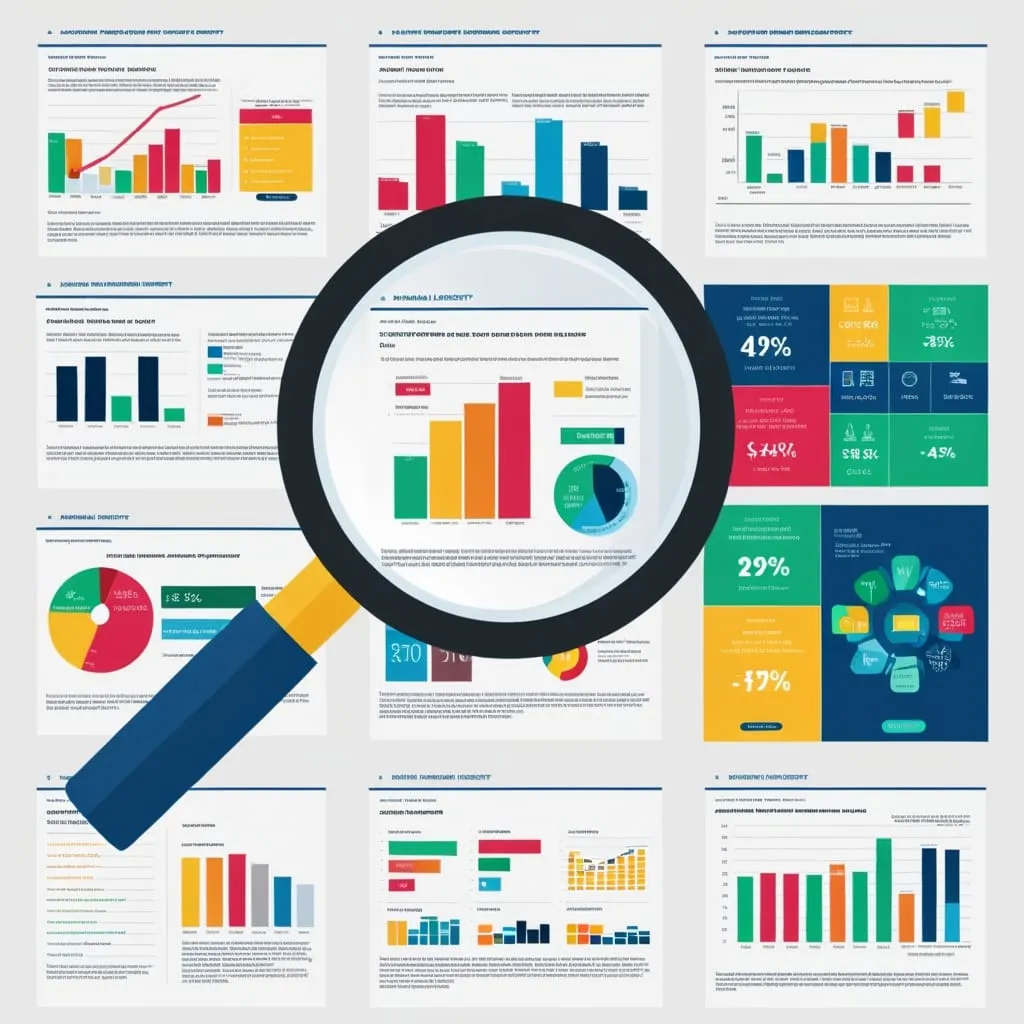Mastering the Art of Portfolio Rebalancing: Your Key to Investment Success
Ever felt like your investments are on a rollercoaster ride? Welcome to the world of portfolio management, where the secret sauce is something called rebalancing. It's not as complicated as it sounds, and it could be the game-changer your investments have been waiting for.
Think of rebalancing as giving your investment portfolio a regular health check-up. Just like you wouldn't skip your annual physical, you shouldn't neglect your portfolio's well-being either. It's all about keeping your investments in tip-top shape and aligned with your financial goals.
So, what exactly is this rebalancing trick? Imagine you started with a mix of 70% stocks and 30% bonds in your portfolio. That's your comfort zone, your sweet spot. But markets are fickle beasts. They go up, they go down, and before you know it, your carefully planned mix is out of whack. Maybe now you're looking at 76% stocks and 24% bonds. That's where rebalancing comes in - you sell some stocks, buy some bonds, and voila! You're back to your 70/30 comfort zone.
Now, you might be thinking, "Why bother? If my stocks are doing well, why not let them ride?" Good question! Here's the deal: rebalancing isn't just about keeping things neat and tidy. It's about managing risk and making sure your investments are working for you, not against you.
Let's break it down. First off, rebalancing helps you manage risk. As your portfolio drifts from your target mix, your risk exposure changes too. If you're nearing retirement, for instance, you might not want to be heavily invested in stocks. Rebalancing helps you stay in your risk comfort zone.
Secondly, it's a great way to keep your emotions in check. We've all been there - the market takes a nosedive, and suddenly you're thinking about selling everything and burying your money in the backyard. Rebalancing gives you a plan to stick to, helping you avoid those panic-driven decisions.
And here's the kicker - rebalancing can actually boost your returns over time. How? By forcing you to buy low and sell high. When you rebalance, you're selling assets that have gone up in value and buying ones that have gone down. It's like getting a discount on your investments!
So, how do you actually do this rebalancing thing? It's pretty straightforward, but it does require some discipline. Start by keeping tabs on your portfolio. You don't need fancy software - a simple spreadsheet can do the trick. Regularly compare your current asset mix to your target. If there's a significant difference, it's rebalancing time.
When you're ready to rebalance, calculate how much you need to buy or sell of each asset to get back to your target mix. Then, make it happen. You can sell some of the overweight assets and use the proceeds to buy the underweight ones. Or, if you're adding new money to your portfolio, simply direct it towards the underweight assets.
Now, there are a few different ways you can approach rebalancing. Some folks like to do it on a schedule - maybe every six months or once a year. Others prefer to rebalance when their asset mix drifts by a certain percentage, say 5% from their target. There's no one-size-fits-all approach here. The key is to find a method that works for you and stick to it.
While we're on the subject, let's talk about some common rebalancing mistakes to avoid. First up, don't get too caught up in profits and losses. Rebalancing isn't about maximizing short-term gains - it's about maintaining your overall risk profile. Also, be careful about adding new investments in the name of diversification. Make sure any new assets truly diversify your portfolio and don't just add unnecessary risk.
And here's a big one - don't rebalance too often. It might be tempting to tinker with your portfolio every time the market hiccups, but that can lead to higher transaction costs and potentially lower returns. Find a balance that works for you - annual or semi-annual rebalancing is often a good starting point.
Now, let's talk taxes. Yeah, I know, everyone's favorite subject, right? But seriously, tax considerations are important when rebalancing. If you're selling assets in a taxable account, you might trigger capital gains taxes. One way to mitigate this is through tax-loss harvesting - selling losing positions to offset gains. And if you're over 73 and taking required minimum distributions from retirement accounts, consider using those distributions to rebalance your overall portfolio.
Let's make this a bit more personal. Say you're a young professional with a long career ahead of you. You might start with a portfolio that's 80% stocks and 20% bonds, reflecting your high risk tolerance and growth-oriented goals. But after a few years of a bull market, you find your portfolio has shifted to 85% stocks and 15% bonds. Time to rebalance! You'd sell some stocks and buy more bonds to get back to your original 80/20 mix.
On the flip side, let's say you're nearing retirement. Your original mix might have been 60% stocks and 40% bonds, but market gains have pushed it to 65% stocks and 35% bonds. In this case, rebalancing would mean reducing your stock exposure to get back to your more conservative 60/40 mix.
Remember, rebalancing isn't a one-and-done deal. It's an ongoing process that requires patience and discipline. Set reminders to review your portfolio regularly. If possible, automate part of the process - many brokers offer tools that can automatically direct new deposits to underweight asset classes.
And as your life changes, don't be afraid to adjust your target allocation. Getting married? Having kids? Changing careers? These life events might call for a shift in your investment strategy. The key is to stay flexible and aligned with your current goals and risk tolerance.
In the end, rebalancing your portfolio is like giving your car a regular tune-up. It might not be the most exciting part of investing, but it's crucial for keeping your financial engine running smoothly. By understanding the why and how of rebalancing, and avoiding common pitfalls, you're setting yourself up for long-term investment success.
So, are you ready to give your portfolio a checkup? Remember, it's not about timing the market or making drastic changes. It's about staying true to your investment strategy and keeping your financial goals in sight. With regular rebalancing, you can navigate market ups and downs with confidence, knowing that your portfolio is always working hard for you.






